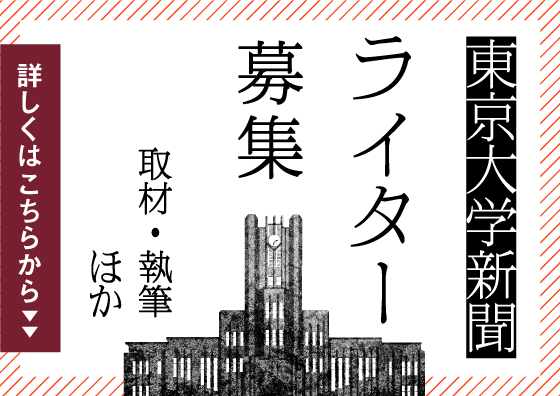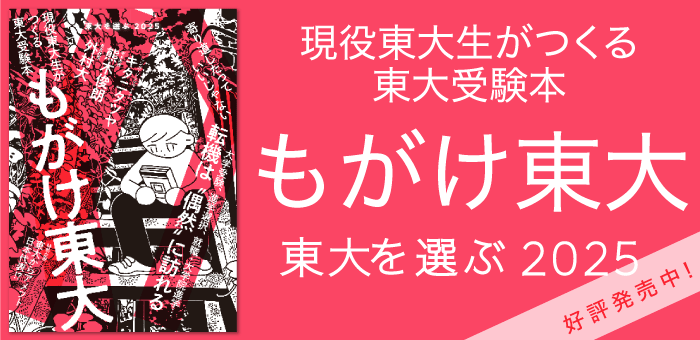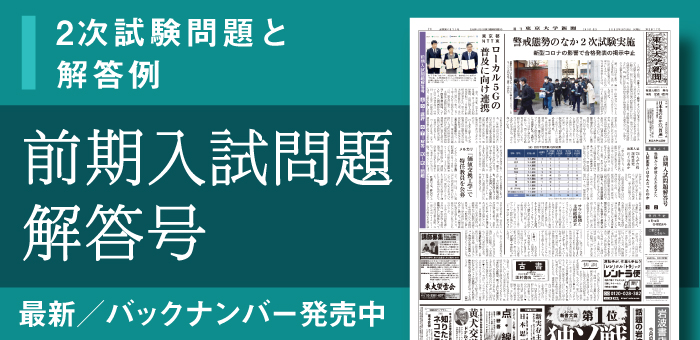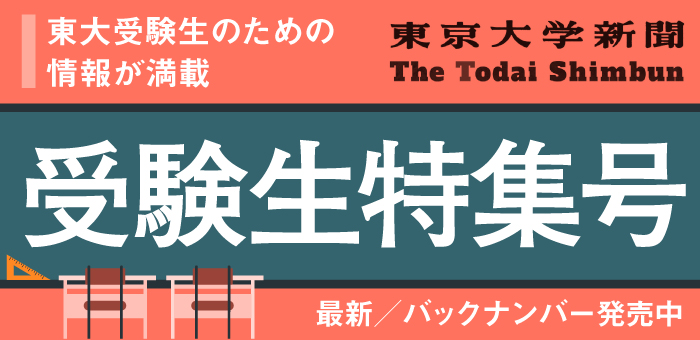We, without doubt, lay ourselves in “places,” which, if we heed the specialty of things therein or the history therewith, appear to us as having a variety of meanings. In this serial article, we aim to contemplate various “places” found in Todai’s campuses with the cultural geographer Dr. James Thurgill, who interprets “places” by employing a knowledge of the humanities that spans philosophy, history, anthropology, and so on. Our third meeting is at Building 1 on Komaba Campus.
(Interviewed, Written and Translated by Mon Madomitsu)
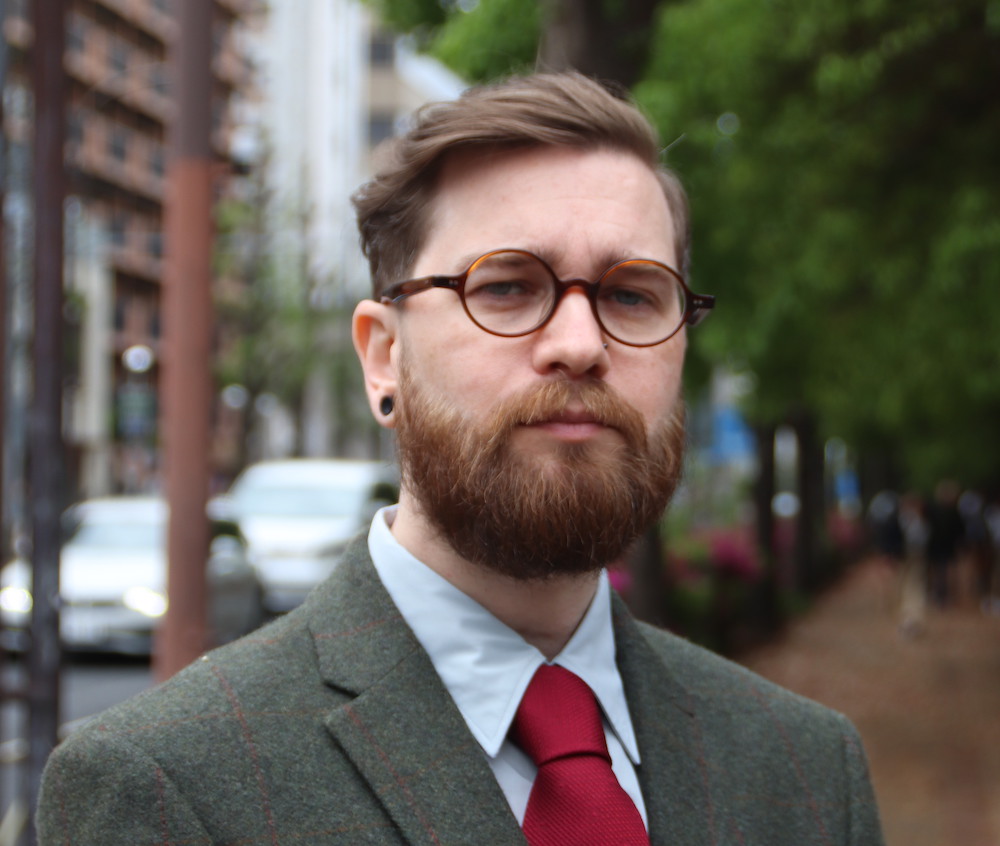
“History can be discovered through a kind of ‘everyday archaeology’. Material traces of the past surround us in our daily lives, just waiting to be uncovered, but they frequently go unnoticed” says Dr. Thurgill. Building 1 is indeed a place well suited to discovering such ‘traces’. Above an archway leading to the courtyard remains the crest of the former Ichikou, First Higher School of Tokyo. In the same place, beneath our feet, lies a manhole cover where another of Ichikou’s emblems can be found embossed within its metal surface. Looking through the corridor windows inside the building we can catch a glimpse of a staircase, possibly leading down to the rumoured underground tunnels, which are said to have been constructed as a safety precaution for disasters, air raids, and so on, but which are now sealed off and inaccessible.
Building 1 was constructed in July 1933, ten years after the Great Kanto Earthquake. With its looming clock tower and Gothic-style architecture, a rarity on Komaba campus, the building gives an anachronistic atmosphere to its surroundings. Extraordinary narratives rooted in the history of Building 1, such as that of the former High School students who are said to have climbed the clock tower in order to surveil the skies for bombers during the Second World War, or the underground tunnels believed to run beneath the building (which some students say continue as far as Shibuya), are undoubtedly born from the uncanniness of Building 1 and have been handed down through generations of Todai students.
But what is the origin of this uncanniness? According to Dr. Thurgill, it is due to the fluctuation of the temporal axis caused by the present being affected by past materials. “The past, though at the present being regarded as absent, is made manifest by materials that signify traces of history, and which continue to linger in the present. As if it were a ghost that is not supposed to be there, the past haunts the place.”
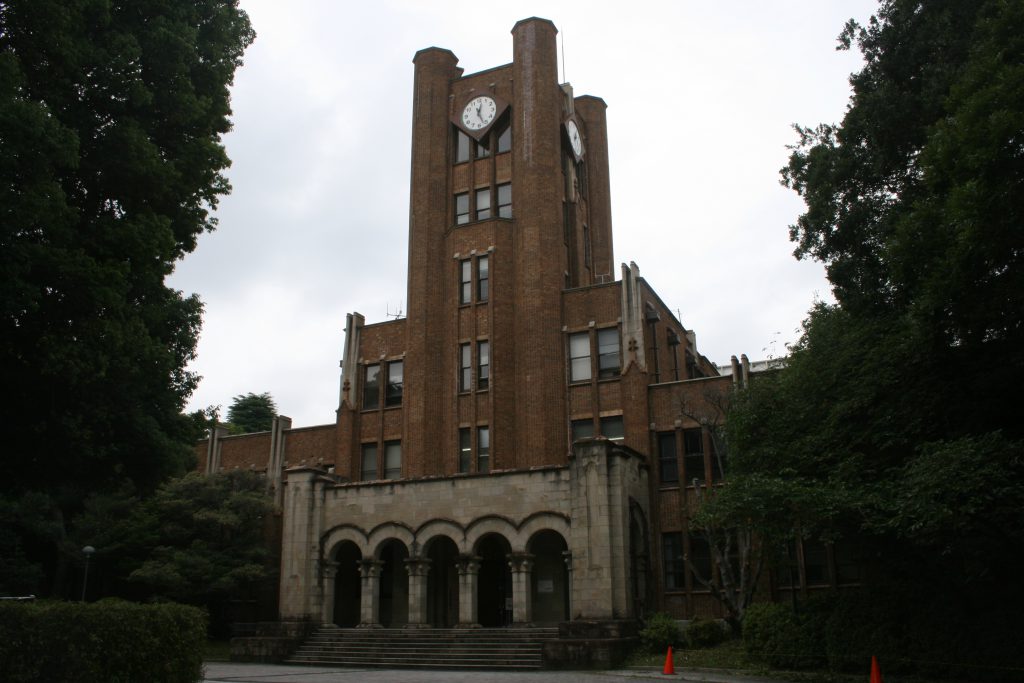
The uncanniness of Building 1 can be perceived not only temporally but also spatially. Due to the overgrown plants at both edges of the building and a large tree in front of the main entrance, we can never observe the whole building at once, not even from a distance, unlike the Yasuda Auditorium in Hongo. Moreover, we cannot go through the courtyard enclosed within the building. In order to move to the opposite side of the main gate we must orbit around Building 1, for the gateway to the courtyard, primarily designed as a place of relaxation and which might otherwise allow for free movement within the centre of the building, is closed off by an iron fence. We cannot identify the building as a whole; neither can we gain access to the centre of it. We may be left with the impression that the ‘essence’ of Building 1 is always somewhat veiled and elusive.
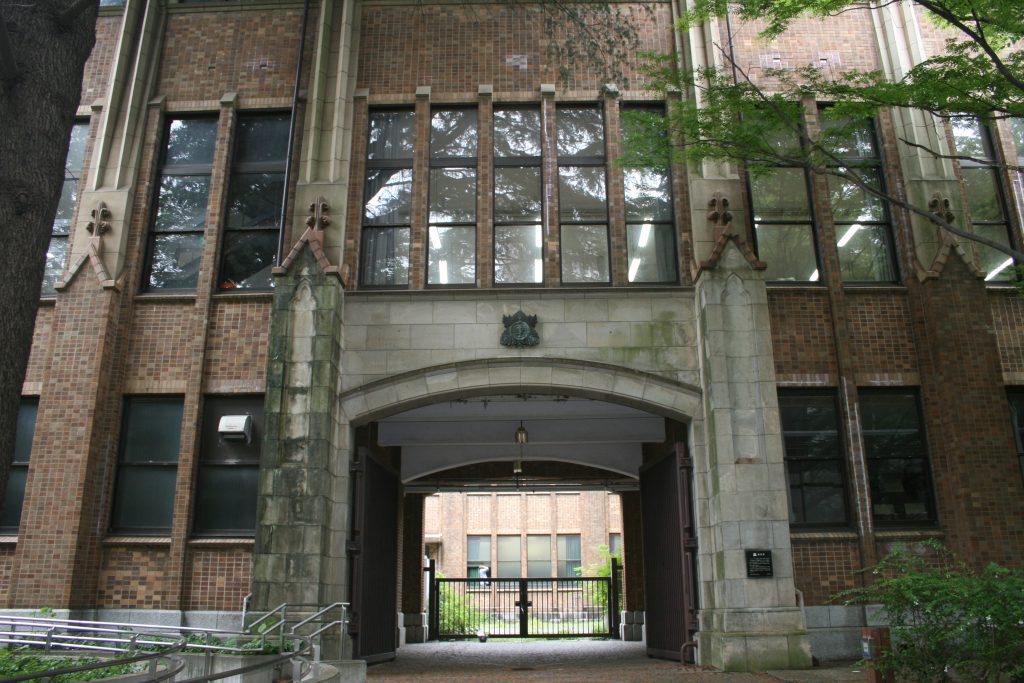
Inside the building, this elusiveness grows even stronger. On entering the structure we arrive at dark, narrow corridors and wherever we stand, we can only see one of the four sides of the building. In other words, there is a constant shifting of our view as we turn the corner and are once again prevented from seeing the building in its entirety.
Both the past signified through material traces and the restricted view framed by the organisation of the building share a commonality of concealing and revealing time and space respectively, as Dr. Thurgill points out, “something is always veiled in our experience of the world”. The past is veiled as an absence; we can touch it only through the material traces that remain. It is the same with Building 1, a space that does not permit us to grasp the whole structure at any one time. To be sure, every single being is vacillating in-between complete presence and complete absence, just as the philosopher Graham Harman writes, “Objects are units that both display and conceal a multitude of traits.”
【Japanese Version】
サーギル博士と歩く東大キャンパス③ 駒場Ⅰキャンパス 1号館
【Serial Article】
Take a Walk through Todai’s Campuses with Dr. Thurgill #1 Akamon, Hongo Campus
Take a Walk through Todai’s Campuses with Dr. Thurgill #2 Sanshiro Pond, Hongo Campus





